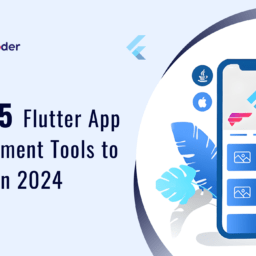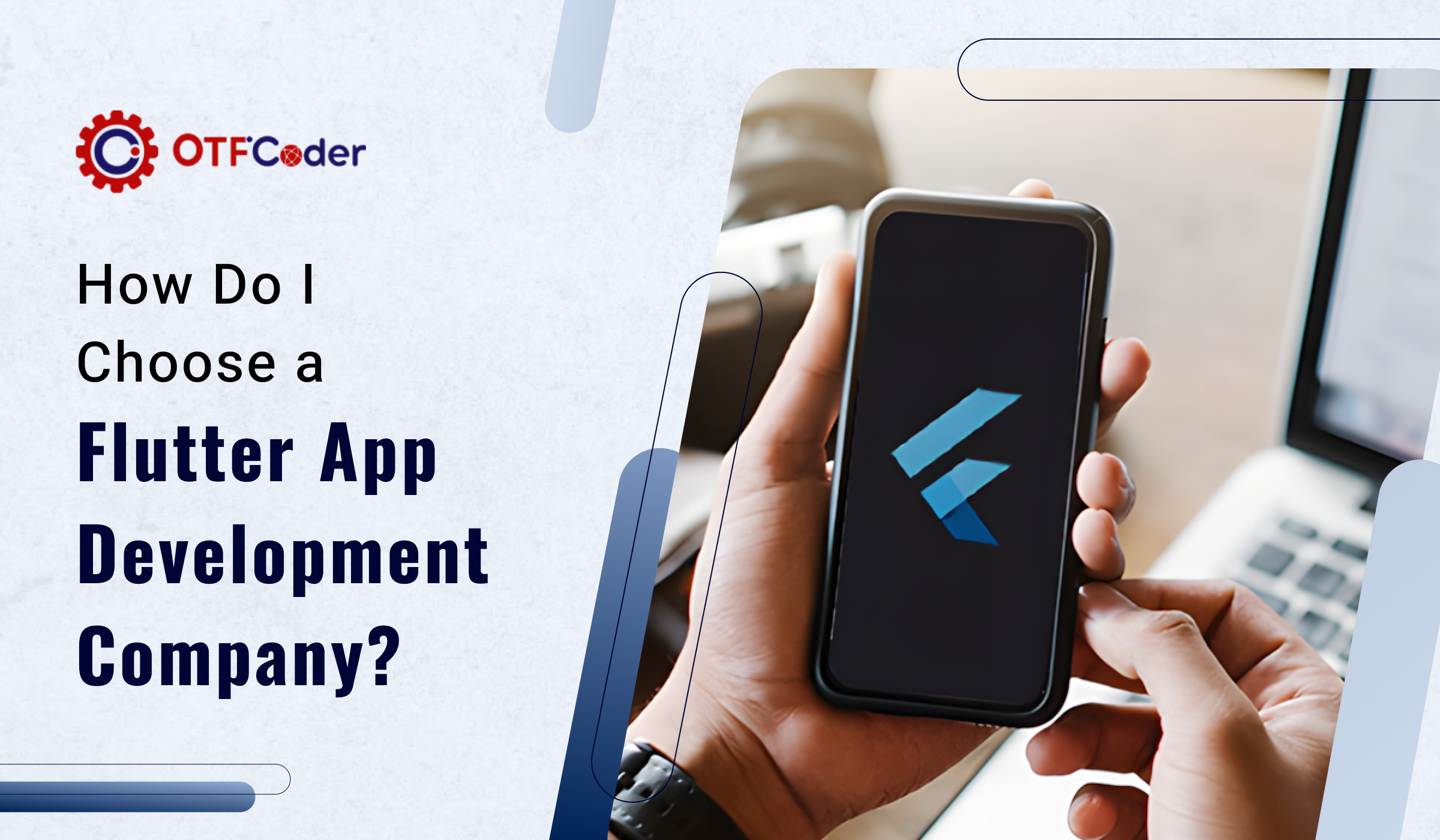
In a world where speed, performance, and sleek user experience aren’t optional anymore—they’re expected—choosing the right app development framework is a make-or-break moment. Enter Flutter 3.x.
It’s not just the latest update in a line of good ones. It’s the game-changer in cross-platform development. Imagine a single codebase, native apps on all platforms, and pixel-perfect user interfaces. The fact that this version is creating the wave rather than merely riding it adds to its excitement.
After being tried and tested by major brands and supported by an expanding developer community, Flutter 3.x has evolved from the “cool new thing” to the “standard for smart developers.”
If you plan to build modern Flutter apps in 2025 and beyond, this version should be your toolbox MVP. And if you’re wondering why everyone’s talking about it, you’re about to find out.
The Evolution of Flutter: From Buzzword to Backbone.
In the early days, cross-platform development was the awkward middle child of tech.
It’s not quite native, not quite reliable. However, Flutter app developers have reversed that trend. What started out as an oddball Google infrastructure has grown into a real powerhouse. With each release, the developer experience got better. The show? more fluid. The design? closer to home than previously.
And now? Now out, Flutter 3.x is more than just a promising version. It delivers. With its expanded desktop and web footprint, this edition is a veritable “build once, deploy anywhere” utopia.
The amazing Skia graphics engine is what made this feasible. This explains why Flutter apps function so well and have such a clean appearance. Transitions feel deliberate, animations flow smoothly, and that feared “lag” is completely absent. But technology isn’t everything. Faster launches, fewer errors, and more “wow” moments for your users are all made possible by the technology.
Thus, Flutter 3.x has earned a place in the developer hall of fame after evolving from a resourceful newbie to a framework that is currently at the forefront.
What Makes Flutter 3.x a Knockout?
Now, this is where things get spicy. Flutter 3.x isn’t just some minor facelift—it’s a full-blown upgrade with purpose. Start with performance: the runtime is slick, the load times are low, and you can squeeze out more speed without breaking your back, optimizing every pixel.
One of the stars of the show? It is still the Skia graphics engine. It gives flutter apps that signature polish—crisp visuals, high FPS, and a UI that doesn’t break when you sneeze. The same engine provides incredibly fluid experiences across all platforms, including desktop, web, iOS, and Android.
Then there is the whole issue of hot reload. Flutter app developers vouch for it, and with good reason. When you make a change, the app instantly displays it. That means faster iterations, fewer delays, and more fun in the build process.
With better support for Material 3, desktop APIs, and native-like scroll behavior, Flutter 3.x feels finished. Not in a “done evolving” way. But in a “ready to rule 2025” kind of way.
Why It’s Beating Other Frameworks at Their Own Game.
Here’s the truth: the cross-platform space is crowded. Xamarin, React Native, and several additional tools are at your disposal. Flutter 3.x, though? Home runs are being hit while others are still getting dressed.
An enormous advantage? The uniformity of user interface across platforms. There are no strange platform-specific surprises while using Flutter apps; you see what you get. The reason for this is that it is independent of native components. It paints everything fresh with the Skia graphics engine, keeping complete control over rendering.
Now toss in better performance, smoother animations, and a ridiculously rich widget set, and you’ve got a package that feels tailor-made for modern app demands. Flutter app developers aren’t just using it—they’re building entire ecosystems around it.
The framework’s open-source vibe also helps. It keeps evolving fast, with regular updates and fresh plugins popping up constantly. It’s like having a never-ending buffet of tools to make your app sing.
So, while others are still patching quirks or waiting on updates, flutter app development companies are launching stunning products faster—and better.
Built for Tomorrow: Future-Proofing with Flutter.
Tech is a moving train. Your app is already outdated if it is unable to adapt. This is where Flutter 3.x excels; it’s not only prepared for platforms of today, but it’s also setting the groundwork for those of tomorrow.
This version is designed to be flexible, whether it is used on a desktop, mobile device, or the web. Additionally, platform coverage is not the only factor. It’s about keeping up with how people use apps in 2025: demanding, on-the-go, and expecting excellence across every screen.
With support for GPU-accelerated rendering, easy integration with native modules, and compatibility with AI-driven features, flutter apps built on this version won’t feel dated any time soon. They will grow with the tech.
Also, the developer community behind Flutter 3.x is among the most active and creative. Whether you’re a newbie or a seasoned pro, it’s easy to find support, ideas, and pre-built tools to speed up your flow. And that makes all the difference when deadlines are looming.
If you bet on the future, this framework is the horse to ride.
Making the Most of It: Working with the Right People.
All right, so Flutter 3.x is impressive. But the thing is—it still takes competent hands to build something great with it. Tools are only as good as the minds using them. And that’s where partnering with the right flutter app development company makes all the difference.
Experienced flutter app developers don’t just code. They strategize. They know how to organize a project for scalability, what makes a user interface seem intuitive, and how to fully utilize the capabilities of the Skia graphics engine.
It’s not about checking boxes when selecting a development partner. Finding a team that understands your idea and knows how to realize it without sacrificing performance, design, or speed is the key.
If you are thinking about building cross-platform apps that don’t just work, but wow—now you know which direction to head in.
Final Thoughts!
Flutter 3.x is not only a new version. In 2025, it will be the new standard for creating beautiful, quick, cross-platform experiences. It is becoming a need due to its extensive feature set, vibrant community, and practical adaptability.
Flutter apps created with this framework are prepared to succeed in a competitive digital environment from design to deployment, from user interface to internal performance. It’s a framework that meets you where you are and gets you where you want to go, regardless of whether you’re a startup, a growing company, or just someone with a vision.
So, if you’re still on the fence about Flutter 3.x, it’s time to jump in. The future’s already here. And it’s running on Dart.




